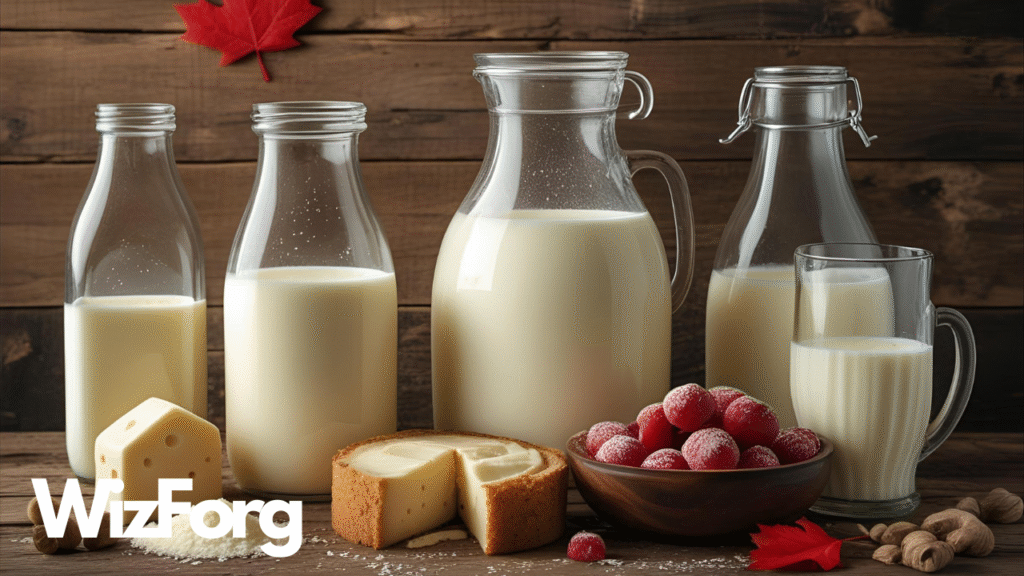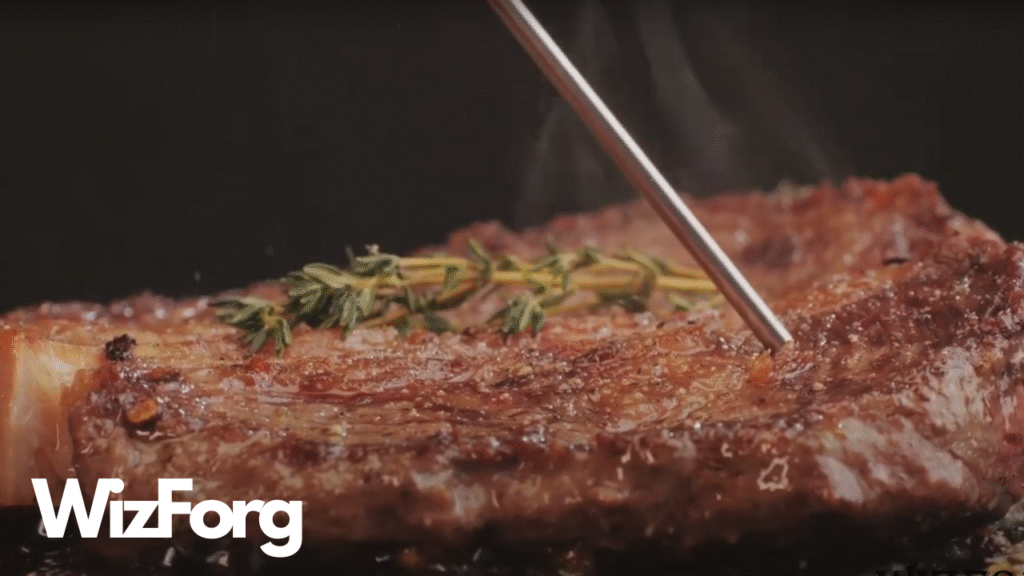When people think of controversial topics, milk is usually not at the top of the list. But in Canada, milk isn’t just a grocery staple—it’s a matter of heated national policy, trade disputes, and even black-market smuggling.
What Makes Canadian Milk Different?
Canada regulates its dairy industry through a system called supply management. This system operates by controlling the production of milk, setting prices, and managing imports. It’s like a traffic light for the dairy industry, ensuring that Canadian dairy farmers can make a living and the industry stays steady. But this stability comes with a cost: higher prices for consumers and tension with other countries.
The Price Tag
Milk in Canada is significantly more expensive than in the U.S. That’s because, under supply management, prices are set by the Canadian Dairy Commission based on production costs, not market demand. As a result, Canadians often pay more for basic dairy products, such as cheese, yogurt, and milk.
Trade Wars and Tensions
Canada’s milk system became a major sticking point during the North American Free Trade Agreement (NAFTA) negotiations and later in the United States–Mexico–Canada Agreement (USMCA). These were big trade deals between the U.S., Mexico, and Canada. The U.S. argued that Canada’s strict dairy quotas and tariffs—some as high as 300%—were unfair trade barriers. Canada, meanwhile, defended its farmers and its right to protect domestic industries.
Even within Canada, some critics argue that the system benefits large dairy producers while limiting innovation and competition.
Cross-Border Smuggling
Yes, you read that right—milk smuggling is a real issue. Because American milk and cheese are so much cheaper, Canadians living near the border sometimes cross into the U.S. to stock up. Some even attempt to bring large quantities back illegally, risking fines at customs.
Is Change Coming?
Canada has made small concessions in trade deals, allowing a limited amount of foreign dairy products into the country. However, the debate about supply management is far from over. It remains a contentious issue, with supporters arguing that it safeguards rural jobs and ensures food quality, while critics label it outdated and protectionist. This ongoing debate keeps the issue of Canadian milk in the public eye, engaging citizens in the future of their food system.
Final Pour
Canada’s milk controversy isn’t just about what’s in the carton—it’s about who controls the food system, who benefits, and who pays the price. By understanding and engaging with these issues, you play a crucial role in shaping the future of the Canadian milk industry.
Call to Action:
Love learning how everyday foods spark global debate? Visit wizforg.com for more fascinating deep dives into the world’s most surprising food stories.



